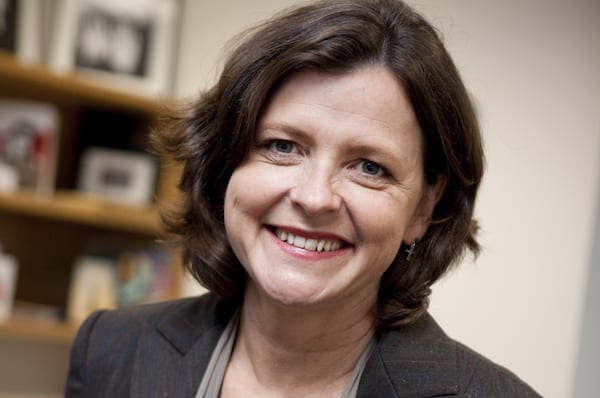This piece includes content some readers may find distressing.
Susan was attacked by her partner. It wasn’t the first time and, if she didn’t leave, it wouldn’t be the last. She attended court with a family violence court support worker.
Susan had already taken all her annual and sick leave trying to deal with her abusive partner by the time she had to appear in court. She couldn’t stay to finalise the process because she was worried about losing her job.
Michelle was also attacked by her partner. Her workplace had paid domestic violence leave. She took the time off she needed and was able to escape. Things were still tough, but having access to paid family and domestic violence leave meant she could keep her job while she made herself and her children safe.
About 800,000 women report violence at home every year. Last year, 73 people died from family violence. So far this year, 39 people have been killed.
These numbers are staggering. Behind each of these numbers is a woman fighting to survive.
Paid leave for people experiencing family and domestic violence is one of the best tools we have for helping women escape domestic violence without having to make crippling financial sacrifices.
But despite unions’ relentless campaign for 10 days paid leave to be enshrined in the National Employment Standards, few women in Australia have access to paid domestic violence leave.
Women who experience violent or abusive relationships face high barriers to escape, and the lack of action from the Turnbull Government – a year after publicly pledging to address domestic violence – is damning.
The time and money it can take to escape are massive, and almost impossible to manage without paid leave. The example below indicates the costs involved.
Costs:
Truck hire: $260
Driver: $80
Removalist: $140 per hour
Gas and electricity connection: $100
Phone line: $150
Solicitor: $2,500 initial appearence
Rental property bond and 4 weeks rent: $3,000
Solicitor: $5,000 for court appearances
Child care: $1,800 per child to leave and start new childcare per child
Counselling: $250 per session
New house set up with appliances, food and furniture: $5,000
Total: $18,280
Time:
40 hours: Find new potential new rental properties,
4 hours: Access a refuge
6 hours: Pack up children’s clothes and toys
8 hours Move belongings to new house
8 hours: Find new school / child care arrangements
16 hours: Talk to childrens supporting groups, doctors, counsellors and teachers
8 hours: Change banks accounts and other financial arrangements
16 hours: Go to centrelink and arrange changes or apply for other personal benefits,
3 hours: Meet with police
6 hours: Meet with solicitors
3 days: Apply for protection orders and attend court
Total: 141 hours
The Fair Work Commission decided in July to grant all workers 10 days of annual unpaid domestic violence leave through the modern award system.
Its decision acknowledged the time it takes to escape an abusive relationship, but didn’t address the financial costs to women escaping violence. The job is only half done. Escaping, maintaining your job and financial independence requires paid leave.
The steps that people experiencing violence need to take are basic and practical but in the presence of a threat to life, balancing them with the demands of work is unreasonable. It puts lives at risk.
For many women the unpaid leave provided by the FWC decision won’t be enough because they can’t afford to lose two pay packets. With low wage growth and 70 year highs of inequality, nobody can afford to lose that money.
Unions have redoubled their efforts in the campaign for paid leave, but staggering political inaction remains a significant barrier to this vital reform. The issue has dropped from the political agenda.
The Federal Government has talked endlessly on about terrorism and national security in the past year while hundreds of thousands of women are left ill-equipped as they face terrorism in their own homes.
Anyone who experiences this type of trauma needs support. They need supportive workplaces and the security of employment which comes from the right to paid family and domestic violence leave.
The FWC accepted it had “no difficulty in concluding that…paid leave would be a desirable outcome”. But the commission infuriatingly deemed paid leave was not necessary after considering the impacts on “productivity, employment costs and the regulatory burden [on employers]”.
This simply doesn’t stand up to scrutiny. According to the Centre for Future Work the cost of paid family and domestic violence leave is less than five cents per worker per day.
The cost to a woman of leaving a violent relationship is estimated at $18,000, not including the loss of two weeks’ pay. Family and domestic violence costs the economy $12.6 billion a year.
Not only would paid leave change – and save – lives, but the employers who have written paid leave into EBAs report improved worker retention and higher morale and productivity.
The rules need changing. Susan’s experience is the reality for too many women and we shouldn’t force people who are trying to escape family and domestic violence to choose between getting paid and getting out.
We will keep campaigning on behalf of thousands of women and their children who, without paid leave, can’t leave.


